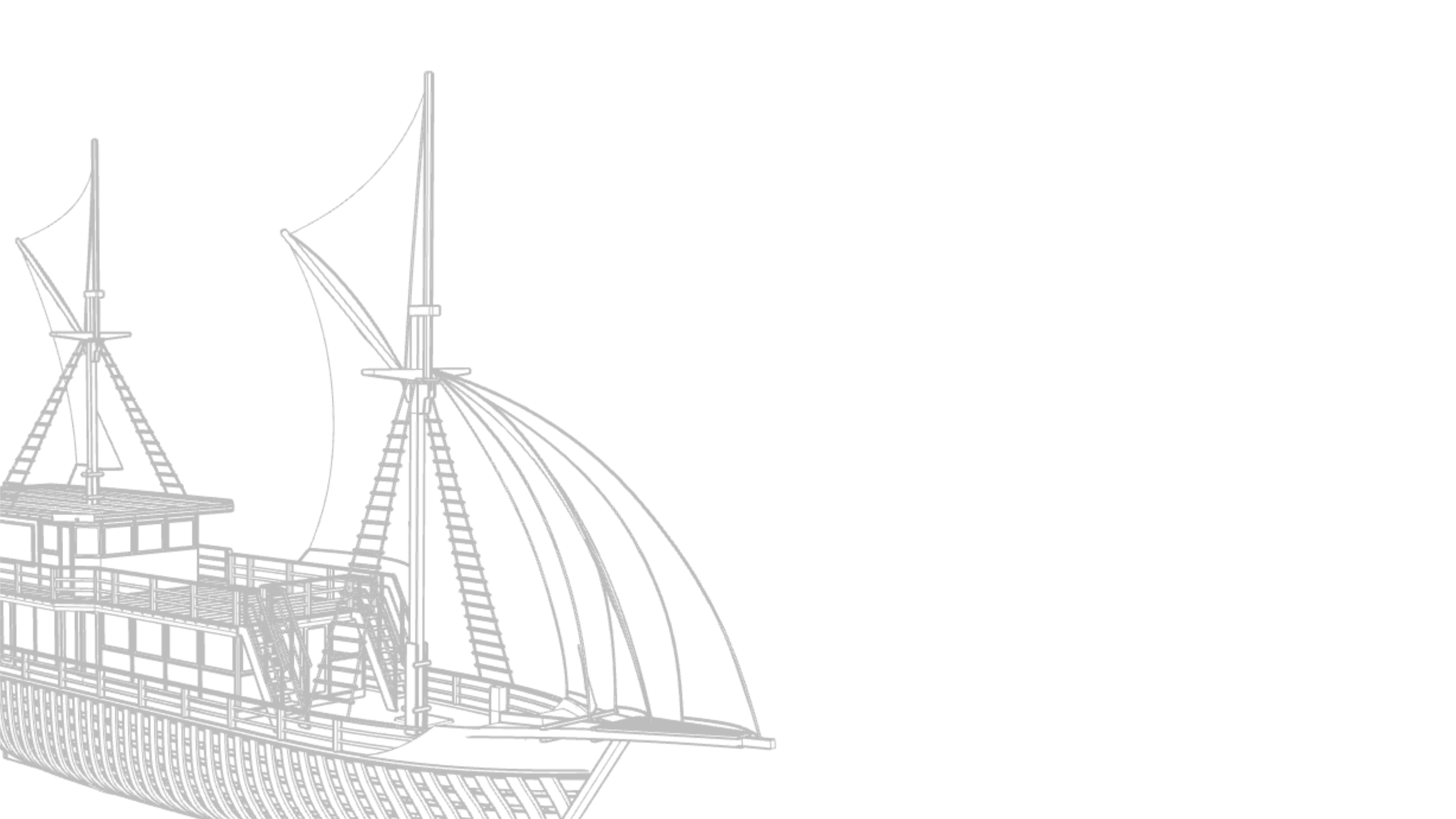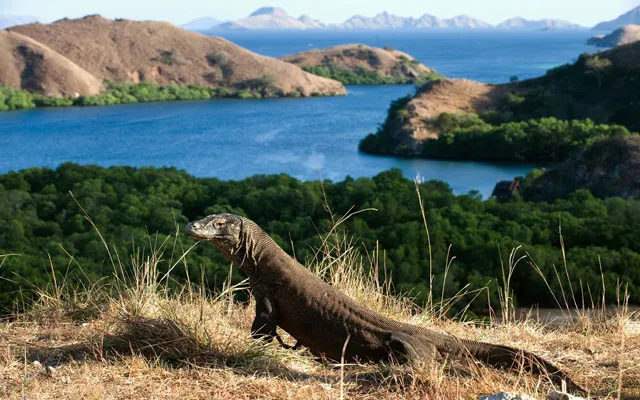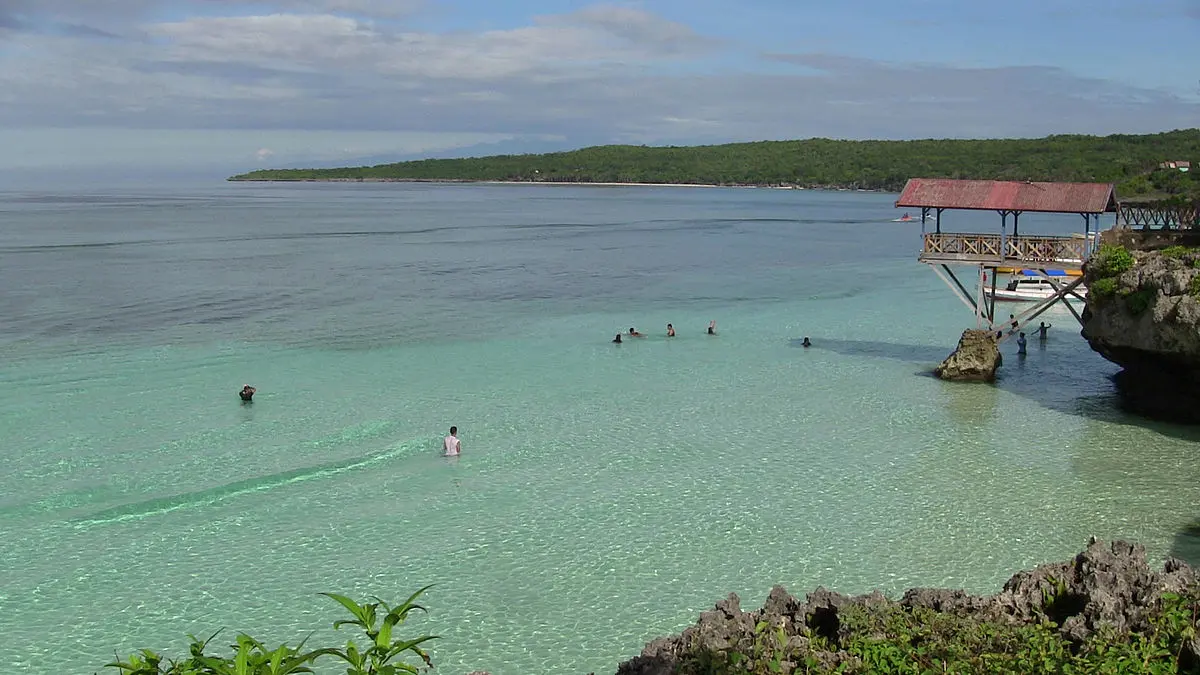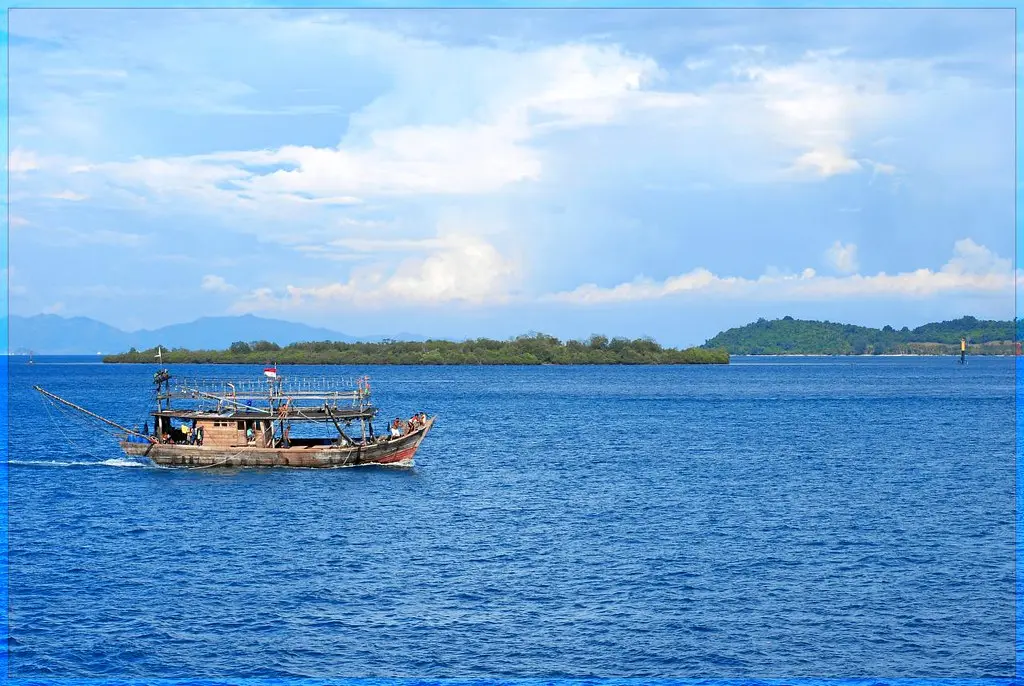The Importance of Preserving Maritime Heritage in Indonesia
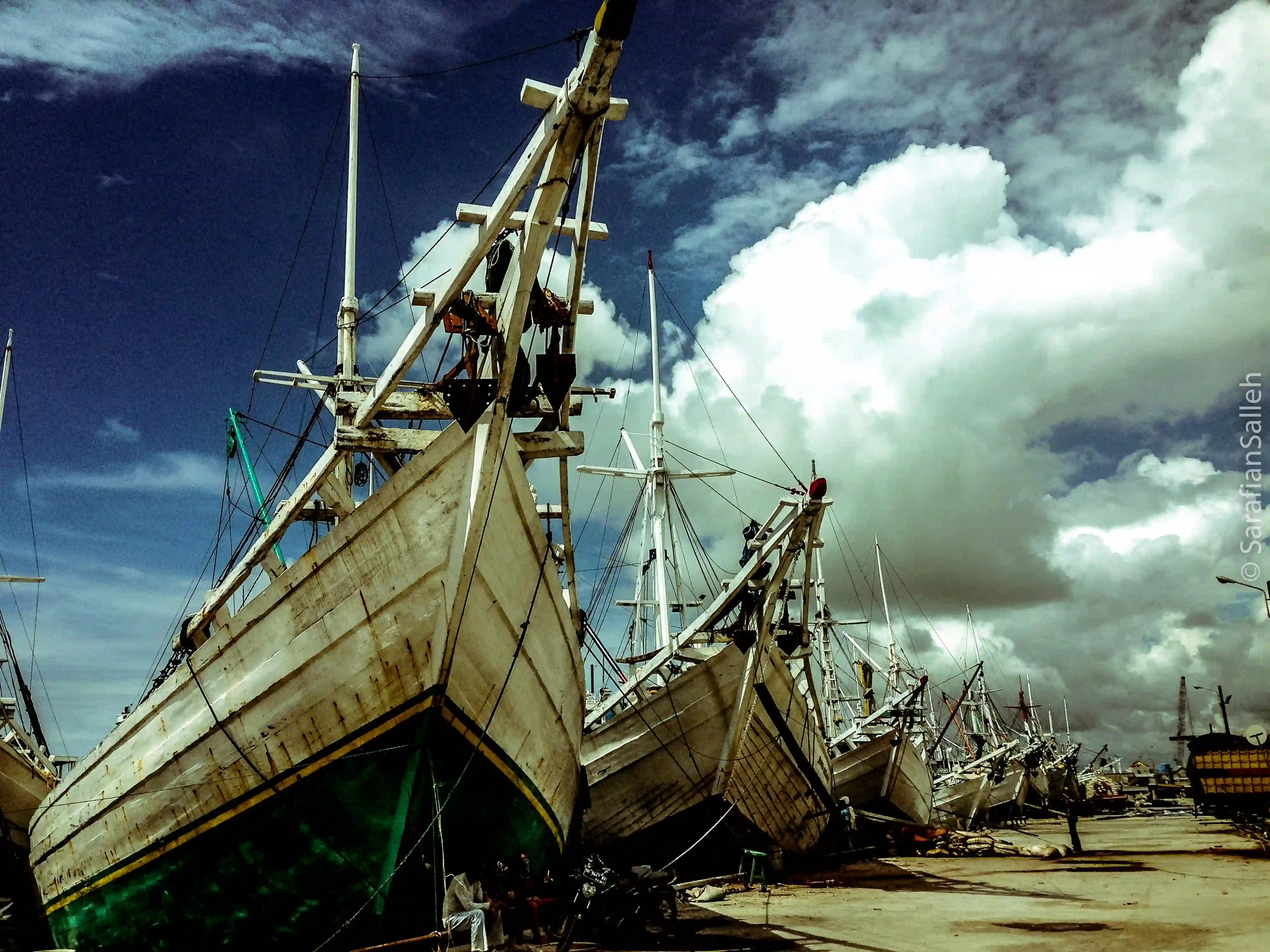
The importance of preserving maritime heritage lies not only in protecting old boats, but in keeping cultures, identities, and generations connected to the sea. It includes both physical artifacts and living traditions, shaping how coastal nations like Indonesia sustain their culture, economy, and resilience.
But what exactly is maritime heritage, and why does it matter more than ever today?
Read Also: The History of Phinisi: World-Class Cultural Heritage of Bulukumba
What Is Maritime Heritage? (And Why It’s Cultural Gold)
Maritime heritage refers to the knowledge, practices, artifacts, and traditions passed down by seafaring communities across generations. It reflects how people have lived with, learned from, and navigated the sea—not just for survival, but for identity and belonging.
Maritime heritage can be seen in two main forms:
1. Tangible heritage:
- Traditional boats and shipbuilding techniques
- Historic shipyards and coastal architecture
- Navigational tools and fishing equipment
2. Intangible heritage:
- Oral storytelling and sea myths
- Spiritual rituals and coastal ceremonies
- Navigation by stars, wind, and waves
- Local beliefs like sea taboos and cosmology
In Indonesia, this heritage lives on in many forms, Phinisi ships crafted in Bulukumba, the nomadic sea life of the Bajau people, and ceremonies honoring the ocean across coastal villages.
Once we understand what maritime heritage includes, we can begin to see why its preservation is critical.
What Is the Importance of Preserving Maritime Heritage?
The importance of preserving maritime heritage grows as modern life, climate change, and globalization threaten coastal traditions. For Voyagers, it’s key to understanding and supporting the cultures they explore. Here’s why it matters:
1. Cultural Identity That Anchors Generations
Maritime heritage is the backbone of identity for many coastal communities. From the Bugis and Makassarese shipbuilders of Sulawesi to the sea-dwelling Bajau people, life by the water isn’t just a setting—it’s a way of being.
- These traditions shape language, rituals, attire, and worldviews
- Coastal myths and sea ceremonies pass down values and community memory
- Boats like the Phinisi are more than transport, they’re symbols of legacy and pride
Preserving these stories and practices helps maintain the emotional and cultural ties that define these communities, especially as younger generations grow up in a digital age.
2. Preserving Knowledge Rooted in Nature
Traditional maritime skills are packed with ecological and practical intelligence, perfectly adapted to local environments and passed down through generations.
- Shipbuilding methods use local, sustainable materials without machinery
- Navigational skills rely on reading stars, currents, and winds—offering low-tech alternatives in modern sustainability
- Fishing practices balance harvest and ocean health, unlike industrial overfishing
Losing these skills would mean losing centuries of wisdom about how humans live harmoniously with the sea.
3. Driving Sustainable Tourism and Local Economies
Cultural tourism is thriving—and Voyagers today are seeking deeper, more responsible experiences. Preserved maritime heritage becomes a magnet for this kind of travel.
- Hand-built boats, coastal festivals, and traditional sailing attract eco-conscious tourists
- Local artisans, storytellers, and guides benefit from inclusive tourism
- Experiences like Riara Marine’s Phinisi Workshop offer hands-on learning that directly supports local livelihoods
By preserving maritime culture, we open up new opportunities for economic development that honors tradition rather than replacing it.
4. Supporting Climate Resilience and Adaptation
Coastal and island communities are on the frontlines of climate change. Their maritime traditions hold knowledge that could help us respond more wisely.
- Traditional boats are adapted for shallow waters, tides, and storms
- Community-based living patterns show resilience through cooperation and resource-sharing
- Oral histories often include stories of disaster navigation and rebuilding
Preserving these lifeways can inform more human-centered and adaptive climate solutions in the future.
5. Passing on Education and Intergenerational Legacy
Maritime heritage is not frozen in time, it’s meant to be lived, taught, and passed on. When preserved properly, it becomes a powerful tool for education.
- Young people learn history not just from books, but from doing—sailing, carving, listening, and building
- Cultural travelers gain firsthand insight into how traditions shape worldview
- Schools, museums, and travel programs can use heritage to teach values like sustainability, craftsmanship, and respect
Preservation ensures that these skills, stories, and identities don’t disappear—but instead evolve, survive, and inspire future Voyagers.
Read Also: Best Ways to Get to Komodo Island from Singapore
The Risks of Losing Maritime Heritage
As modernization accelerates, the risks to maritime heritage grow more serious and often irreversible. Without active preservation, here’s what’s at stake:
1. Displacement by Industrialization and Mass Tourism
Modern boats, large-scale ports, and commercial tourism often overshadow traditional practices, replacing them with profit-driven systems that leave little room for local customs or craftsmanship.
2. Climate Change and Coastal Erosion
Rising seas and stronger storms are threatening the very spaces where maritime heritage lives like shipyards, fishing villages, and sacred coastal sites.
3. Youth Migration and Digital Shifts
Younger generations are moving inland or shifting to modern jobs, leaving fewer apprentices to continue age-old skills like traditional boatbuilding or navigation.
4. Cultural Loss of Language and Rituals
When these practices fade, so do oral histories, sea myths, spiritual ceremonies, and the languages that carry them leading to deep cultural erosion.
5. Real Example
In Tana Beru, South Sulawesi, fewer young people are learning Phinisi shipbuilding. Among the Bajau people, ancient sea rituals and nomadic patterns are declining as they adapt to land-based living.
How We Can Preserve Maritime Heritage Together?
Preserving maritime heritage isn't just the job of historians or governments, it’s a shared effort that involves Voyagers, educators, communities, and travelers alike. Here’s how you can be part of the solution:
1. Support Local Workshops and Cultural Tours
Choose experiences that directly benefit traditional communities, like Riara Marine’s Phinisi workshop in Bulukumba. These hands-on programs help sustain living knowledge and offer travelers authentic insight into maritime life.
2. Choose Ethical, Community-Based Tourism
Avoid mass tourism that commodifies culture. Instead, seek out locally owned homestays, guides, and programs that prioritize respect, fair wages, and community empowerment.
3. Document and Share Stories
Whether you're a writer, content creator, or curious Voyager, help keep traditions alive by sharing stories, photos, and interviews—with credit and permission. This helps amplify voices from within the community and raises awareness globally.
4. Encourage Intergenerational Learning
Support schools, workshops, or family-run efforts that help elders teach youth boatbuilding, sailing, and sea rituals. These connections are essential for heritage to be passed down, not forgotten.
5. Advocate for Protection and Policy Support
Use your platform to speak up for coastal preservation, heritage funding, and cultural policies. Small voices can influence big changes, especially when travelers join forces with local advocates.
Where to Witness Maritime Heritage in Indonesia?
For Voyagers seeking more than just beautiful coastlines, Indonesia offers powerful, immersive ways to experience its living maritime legacy. Here are some of the best places to see preservation in action:
1. Tana Beru, South Sulawesi
Walk through open-air shipyards where master boat builders still handcraft Phinisi schooners without blueprints or machines. This coastal village offers a raw, powerful look at maritime tradition passed down for centuries.
2. Wakatobi or Togean Islands
These remote island chains are home to the Bajau people, whose life at sea spans generations. Visit during maritime festivals to witness traditional sailing, diving, and sea rituals that reflect a deep, spiritual connection to the ocean.
3. Makassar Maritime Museum
Located in South Sulawesi’s capital, this museum offers an insightful overview of Indonesia’s seafaring history, from spice trade routes to colonial exploration. It’s a great starting point to understand how the past shapes today’s maritime culture.
4. Riara Marine’s Phinisi Workshop
Step into the craft itself with Riara Marine’s immersive workshop in Bulukumba. Learn directly from boatbuilders, try shaping wood, tie sailing knots, and become part of a tradition that’s still sailing strong today.
Read Also: The Timeless Elegance of the Indonesian Phinisi: Where Heritage Meets Luxury
Keep the Story of the Sea Alive
Preserving maritime heritage isn’t just about protecting boats, it’s about honoring the identities, knowledge, and resilience that coastal cultures carry through the waves.
For Voyagers, educators, and mindful travelers, engaging with this heritage helps ensure that these living legacies don’t fade away. Instead, they continue to inspire and inform the future.
Voyagers, It’s Time to Craft History - Join the Phinisi Workshop Today
Ready to connect with tradition, community, and the open sea? Join Riara Marine’s Phinisi Workshop in Bulukumba for a hands-on experience that lets you step into Indonesia’s proud seafaring heritage.
- Learn directly from master shipbuilders preserving centuries of maritime craftsmanship
- Try shaping wood, rope crafting, or traditional sailing knots used in Phinisi construction
- Witness the cultural rituals and stories that keep these boats and communities alive
Book your spot today and sail deeper into the heart of Indonesia’s maritime legacy.
